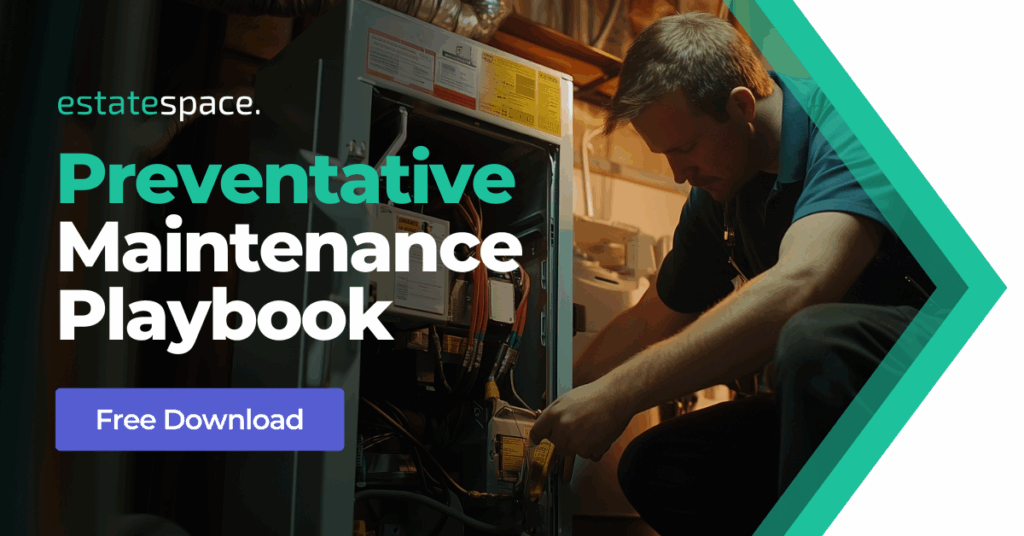When a key team member suddenly departs, taking years of undocumented knowledge with them… When an emergency repair costs triple what preventative maintenance would have… When a priceless asset suffers damage because maintenance records were scattered across multiple systems… These aren’t hypothetical scenarios—they’re the costly reality estate professionals face when operating without repeatable estate management systems. For those managing extensive physical assets and properties, the difference between operational excellence and costly chaos comes down to structured processes that preserve institutional knowledge, ensure consistent service, and protect valuable assets.
The Hidden Complexity Behind Estate Management Systems
Managing high-value estates involves coordinating maintenance across multiple properties, tracking valuable inventories, overseeing vendor relationships, implementing security protocols, ensuring budget compliance, and training staff. When handled reactively rather than systematically, these responsibilities create unnecessary stress, inefficiency, and risk.
The Operational Costs of Inadequate Estate Management Systems
When estate teams lack comprehensive estate management systems, the consequences extend beyond disorganization:
Financial Leakage: Duplicate purchases, overpayments to vendors, and preventable emergency repairs drain resources significantly.
Knowledge Vulnerability: When critical information resides solely with key team members, staff transitions cause devastating operational disruptions and service gaps.
Compliance Risks: Ad-hoc approaches to regulatory requirements expose owners to potential legal and financial liabilities.
Operational Inefficiency: Without standardized workflows, teams waste valuable time reinventing processes, causing delays and increasing labor costs.
Service Inconsistency: Without standardized procedures, service quality fluctuates, diminishing the owner’s experience and compromising the team’s professional reputation.
Asset Deterioration: Valuable physical assets deteriorate prematurely when maintenance becomes reactive rather than preventative, dramatically increasing long-term costs.

Building Your Foundation: Essential Estate Management System Components
Creating effective systems doesn’t happen overnight, but implementing these foundational elements will put your estate operation on the path to excellence:
1. Comprehensive Asset Documentation System
Create a single source of truth for all physical assets, including detailed inventory with photographs, maintenance requirements, location tracking, and warranty information. This foundation allows for informed decision-making and provides critical information during insurance claims, staff transitions, or when accessing items in storage.
2. Preventative Maintenance System
Move from reactive to proactive by establishing calendars that trigger seasonal property transitions, regular system inspections, scheduled maintenance for vehicles and collections, and security checks. Proactive maintenance typically costs significantly less than emergency repairs while extending asset lifespan.
3. Vendor Management System
Create consistency in vendor relationships through a centralized database with contact information, documented service agreements, performance metrics, and payment protocols. This system ensures quality control, prevents overcharging, and maintains service continuity.
4. Digital Documentation System Architecture
Implement a logical structure for critical documents with consistent naming conventions, permission-based access controls, and regular backup protocols. This prevents the costly problem of information silos and lost documentation.
5. Communication Systems Protocol
Establish clear expectations for regular reporting, decision approval workflows, emergency response procedures, and owner preference documentation. These protocols eliminate confusion and ensure appropriate stakeholder involvement.
Implementation Strategy: Making Estate Management Systems a Reality
Transforming your operation doesn’t require disrupting your current workflow. Begin with these practical steps:
- Assess Current State: Document existing processes and identify priority areas for systematization
- Start Small: Choose one operational area for your initial focus
- Template Everything: Create reusable templates for recurring tasks and communications
- Leverage Technology: Implement digital tools designed specifically for estate management
- Train Consistently: Ensure all team members understand and follow established systems
- Review and Refine: Schedule regular reviews to improve systems based on real-world experience

Resource: EstateSpace Preventative Maintenance System Playbook
To jumpstart your journey, EstateSpace offers a complimentary Preventative Maintenance Playbook designed specifically for estate teams. This resource provides ready-to-implement maintenance schedules, customizable templates for tracking, guidelines for vendor engagement, and strategies for seasonal property transitions.
This playbook distills estate management expertise into actionable workflows you can begin implementing immediately. Download it today to take your first step toward operational excellence.
How EstateSpace Empowers Estate Management Systems
At EstateSpace, we understand the unique challenges facing professionals responsible for high-value physical assets and properties. Our platform provides a unified system where teams can track assets, implement automated maintenance workflows, store critical documentation, generate comprehensive reports, and facilitate smooth knowledge transfer.
We’ve worked with hundreds of estate teams to transform chaotic operations into models of efficiency and professionalism, preserving both asset value and team sanity in the process.
Take the Next Step
Your journey toward systematized excellence deserves personalized guidance. Schedule a complimentary consultation with our team to discuss your specific challenges and explore how purpose-built systems can transform your operation.
During this session, we’ll analyze your current workflows, identify efficiency opportunities, and provide tailored recommendations for your unique situation—with no obligation, just practical insights from professionals who understand the complexities of your world.
Schedule your personalized consultation today.



